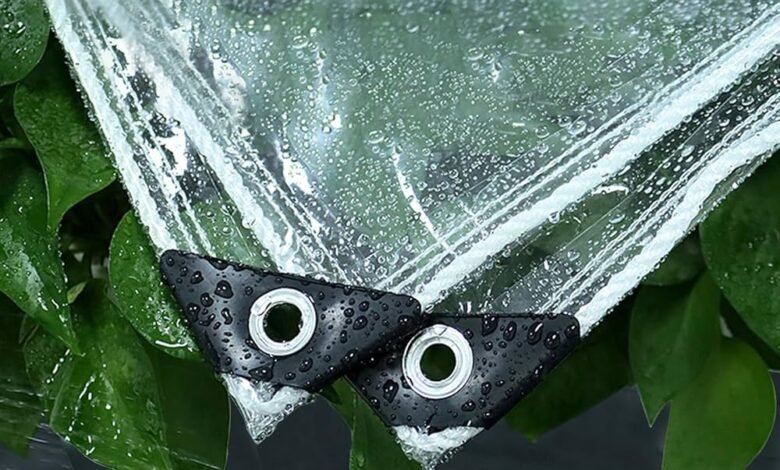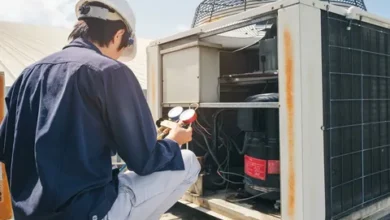How to Use Clear Tarpaulin Sheets for Artistic Installations

What is Clear Tarpaulin?
Clear tarpaulin is a lightweight, sturdy material made of plastics such as polyethylene or polyvinyl chloride (PVC) that is totally transparent. This allows objects and designs behind the Tarpaulin to be seen clearly while protecting them from harm at the same time. It serves as a defensive skin that preserves art in both indoor and outdoor environments.
Choosing the Right Clear Tarpaulin for Your Art Installation
There are several vital factors to consider while selecting the proper clear tarpaulin material for another artistic installation. Understanding the exceptional demands of each task helps thin the options to ensure the material withstands the installation climate and meets the creative vision.
Consider the Size of Your Installation
Enormous scale outdoor installations might require thicker, heavier-duty sheeting to withstand wind gusts and remain stable without billowing or tearing. Small indoor wall murals or sculptures could use lightweight and adaptable polyethylene.
Outdoor vs Indoor Installations
Climate plays a key job. Outdoor art needs an Clear Tarpaulin material evaluated for years of sun exposure like 12-15 mil PVC. Indoor galleries have more permissive conditions where basic polyethylene might perform well.
Material Durability for Different Conditions
High-traffic areas or areas with landscape maintenance hardware demand an especially cut and tear-resistant texture. Clear Tarpaulin is Quiet indoor spaces or installations with low interaction need just basic assurance.
Working with Clear Tarpaulin
When an artist has selected the suitable clear tarpaulin material, there are several vital techniques for properly installing it:
Measuring and Cutting Clear Tarpaulin
Measure the desired dimensions and add extra for hemming or overlaps. Cut material with a utility blade and straight edge on a perfect, dry surface to ensure straight, precise edges.
Securing Clear Tarpaulin with Grommets
Reinforce stress points with grommets inserted using a grommet setting tool. Use rough string, rope or airplane cables to dangle from sturdy anchors.
Using Adhesives to Attach Clear Tarpaulin
For unbending or inflexible surfaces, use an excellent acrylic or silicone adhesive evaluated for outdoor use. Apply in sections and smooth out air bubbles using a plastic roller. Also Read
Maintaining Clear Tarpaulin Art Installations
Regular upkeep is critical to preserving the lifespan and visual integrity of clear tarpaulin installations.
Regular Inspections and Repairs
Check displays month to month minimum, week after week preferably. Tenderly rub pain points to find small punctures before they expand. Use industrial fix kits containing adhesive patches or fluid sealants to repair failures. Reinforce sections experiencing gathered wear with extra grommets or fellow lines.
Cleaning Clear Tarpaulin
Dust with a microfiber material. Spot clean spills/stains quickly with iso-propyl liquor. Wash as needed using gentle dish soap, cool water, and delicate machine cycle. Line dry to forestall hard water spots. For heavy soils, use professional pressure washing or specialty outdoor texture cleaners.
Long Term UV Resistance
Pivot outdoor installations yearly to redistribute weathering load. Consider re-treating clear texture displays each 2-3 years with UV defensive sprays. Supplant material totally like clockwork for PVC or 3 years for polyethylene.
Proper Storage Between Uses
Roll material loosely on tubes or hang using each of the four corners to forestall creasing or plastic memory deformation. Store in a cool, dim area away from moisture and direct intensity sources. Inspect for harm before reinstalling.
Conclusion
In conclusion, clear tarpaulin has established itself as a significant multi-purpose mode for artists creating ambitious installation works both indoors and out. Its inherent properties of transparency, weather-resistance, adaptability and lightweight durability make it an optimal overhang to enshroud and safeguard reasonable designs.
Read More: https://baddiehuh.org/




